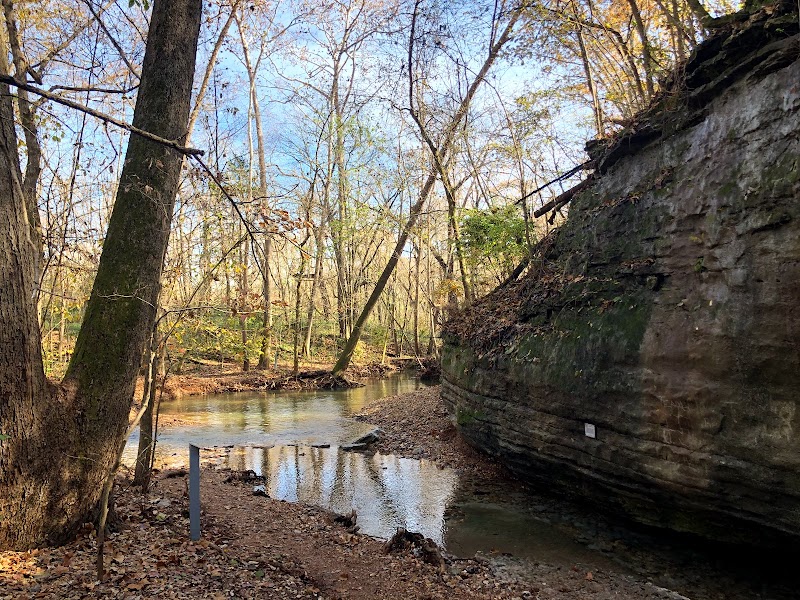
Ozark Mountains Adventures
The Ozark Mountains offer a diverse outdoor experience with rugged landscapes, extensive forestry, and rich biodiversity, attracting visitors for hiking, fishing, and scenic viewing.
Popular Activities
Capturing the Spirit of the Ozark Mountains: A Photographer’s Adventure Guide
The Ozark Mountains beckon with their rugged charm, transforming mere landscapes into a vivid playground for photographers seeking the perfect shot. This region, sprawling across Arkansas, Missouri, Oklahoma, and Kansas, offers a breathtaking array of natural wonders that entice photographers to capture its dynamic beauty. From towering bluffs to cascading waterfalls, each corner reveals a story waiting to be told through your lens.
Imagine standing at a lofty overlook, where the horizon seems to stretch endlessly, framed by the lush green canopies of oak and hickory trees that rustle softly in the breeze. The golden light of dawn spills over the ridges, casting ethereal shadows that dance across the rugged terrain. In these fleeting moments, every frame becomes a marriage of light and landscape, a chance to immortalize the Ozarks’ striking contrasts—majestic mountains against the gentle murmurs of meandering streams below.
Planning your photographic expedition begins with choosing the ideal times to experience the shifting light that defines these natural wonders. Early mornings and late afternoons are prime, as the warm hues of sunrise and sunset breathe life into the scenery. Look out for dramatic weather—storms rolling in or after a fresh snowfall—these moments bring a mood to your shots that resonates with the wild spirit of the Ozarks.
As you wander the trails, keep your camera ready; the unexpected often graces the unassuming paths. Spotted fawns may frolic just out of reach, while the vibrant blossoms of trillium and wild geranium scatter color among the earthy tones of the forest floor. The secluded trails weave through the heart of the mountainous terrain, each step a chance for a new composition—whether it’s an intimate close-up of weathered bark or a sweeping shot of the expansive valleys below.
For the technically inclined, know that the rugged terrain presents both challenges and opportunities. The elevation changes can be steep, so comfortable footwear is key. Aim for supportive hiking boots that grip well, providing stability for those precarious angles that showcase bustling waterfalls or rocky ridges. Hydration is equally important, especially when hiking to lesser-known vantage points which may demand a longer trek than anticipated. Carry a refillable water bottle and ensure you pack extra batteries and memory cards—nature has a unique way of surprising you, and you don’t want to be caught wanting!
Certain areas within the Ozarks are especially renowned for their photographic potential. The Buffalo National River captures the essence of untouched wilderness, its crystal waters winding through steep limestone cliffs, inviting you to capture its reflection as it curves gracefully toward the horizon. Meanwhile, the bluffs of Roark Bluff and the tranquility of Lost Valley State Park feature waterfalls cascading into serene pools, creating a symphony of motion and tranquility that photographers yearn to capture.
The rugged landscapes of the Mark Twain National Forest also invite exploration, offering dense forests that filter sunlight into soft beams, illuminating the pathways that meander through its depths. Here, you’ll have ample opportunities for macro photography among the colorful array of mushrooms, ferns, and wildlife that call this realm home.
When it comes to post-processing your images, remember that the rich colors of the Ozarks should not be exaggerated; instead, seek to enhance the natural beauty captured in your frames. Embrace contrast and saturation to reflect the intense greenery in spring or the fiery hues of autumn, ensuring that the essence of the Ozarks is preserved in every shot.
As you embark on this photographic journey, let the rugged beauty of the Ozark Mountains inspire you. The moments you capture along the trails are not mere photographs; they are pieces of a larger story woven into the breathtaking narrative of this incredible landscape. So, gear up, grab your camera, and immerse yourself in the adventure that awaits within the heart of these enchanting mountains.
Plan Your Visit
Everything you need to know to prepare for an unforgettable trip to Ozark Mountains.
Entrance Requirements
No general entrance fees, but some areas require camping permits.
Best Time to Visit
Spring and fall are ideal due to mild weather and beautiful seasonal changes.
Visitor Information
Ozark National Scenic Riverways Visitor Center, Buffalo Point Ranger Station
Getting There
Accessible via major highways; some roads to trailheads may require 4WD after heavy rains.
Weather & Climate
The Ozarks experience a humid subtropical climate with hot summers, cold winters, and significant rainfall. Spring and fall are mild and ideal for outdoor activities.
Conservation Efforts
Conservation efforts focus on preserving water quality, protecting subterranean ecosystems, and mitigating the impacts of invasive species and deforestation.
Camping in Ozark Mountains
Find the perfect spot to stay overnight and immerse yourself in the details.
Buffalo Point Campground
Located along the Buffalo National River, with access to trails and river activities.
Horseshoe Bend Campground
Offers stunning views of Ozark Lake and access to boating and fishing.
Top Trails
Ozark Highlands Trail
Renowned for its diverse terrain and panoramic vistas.
Lost Valley Trail
Features Eden Falls and Cob Cave along a scenic route.
Alum Cove Trail
Includes a natural bridge formed over thousands of years.
Glade Top Trail
A national forest scenic byway offering picturesque driving and hiking opportunities.
Trailblazer Tips
Bring a detailed trail map as cell service can be inconsistent.
Visit during fall for spectacular foliage and moderate weather.
Book accommodations early during peak seasons, especially near popular sites.
Waterproof boots are recommended due to frequent stream crossings.
